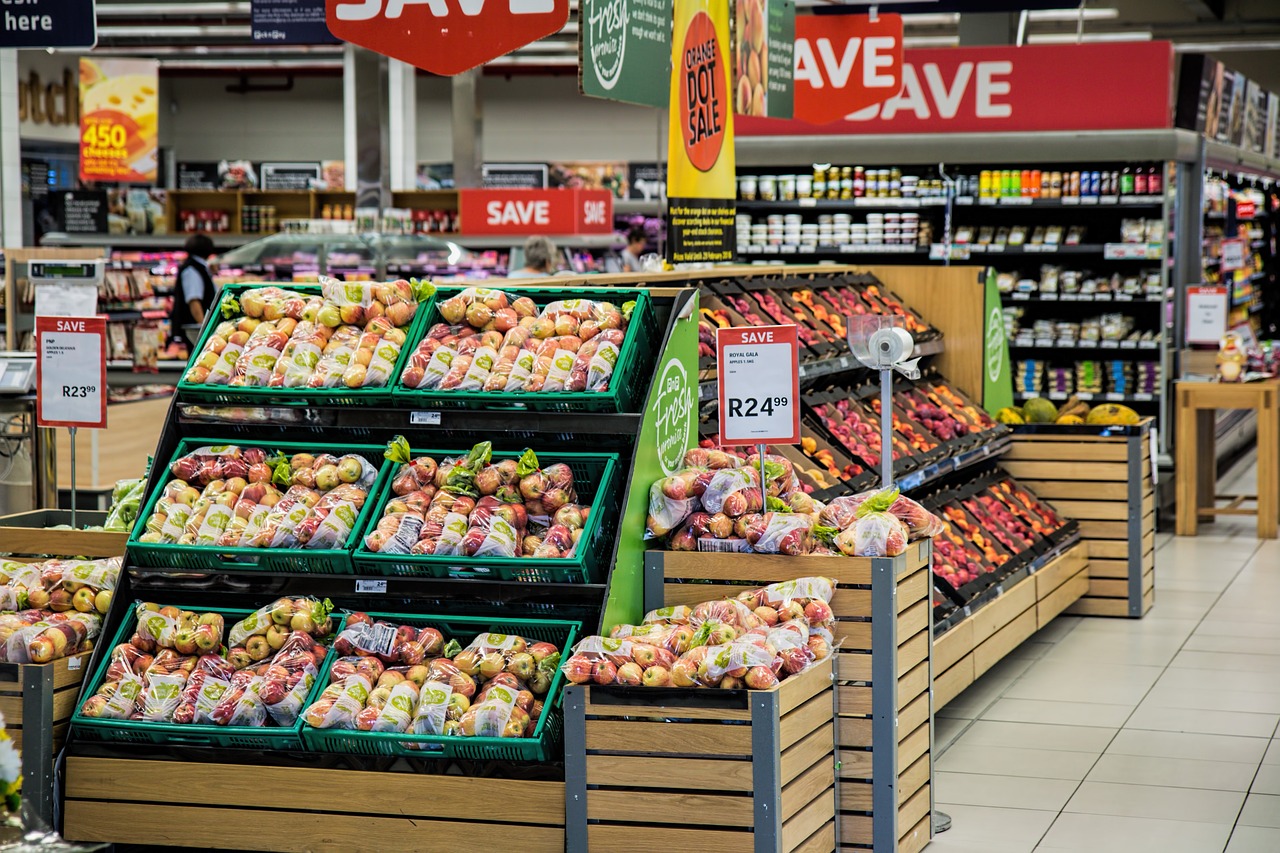Grocery shopping can seem overwhelming, especially if you’ve never done it on your own. But with some planning and smart strategies, you can master this essential life skill. Here’s a step-by-step guide to help you make a grocery list, compare prices, select fresh produce, buy in bulk, choose store brands, and read nutrition labels for healthier choices.
1. Plan Your Meals
Before you head to the store, plan your meals for the week. Decide what you want for breakfast, lunch, dinner, and snacks. This will help you know exactly what ingredients you need and prevent you from buying unnecessary items.
Tips for Meal Planning:
- Keep it simple: Choose meals that are easy to prepare.
- Use what you have: Check your pantry and fridge to see what you already have and plan meals around those items.
- Balance your diet: Include a variety of fruits, vegetables, proteins, and whole grains in your meals.
2. Make a Grocery List
Once you have your meal plan, make a grocery list. Write down everything you need to buy, categorized by sections of the store (e.g., produce, dairy, meat, etc.). This will make your shopping trip more efficient and help you avoid impulse purchases.
Example Grocery List:
- Produce: Apples, bananas, spinach, carrots
- Dairy: Milk, yogurt, cheese
- Meat: Chicken breasts, ground beef
- Grains: Bread, rice, pasta
- Other: Olive oil, cereal, canned beans
3. Compare Prices
To save money, compare prices between different stores and brands. Check store flyers for sales and discounts. You can also use price comparison apps to find the best deals.
Tips for Comparing Prices:
- Look at the unit price: This tells you the cost per ounce, pound, or other unit of measure. It’s usually displayed on the shelf tag.
- Buy in bulk: Items like rice, pasta, and canned goods are often cheaper when bought in larger quantities.
- Choose store brands: Store brands are typically less expensive than name brands and often just as good.
4. Select Fresh Produce
When choosing fresh produce, look for items that are ripe and free of blemishes. Fresh fruits and vegetables are important for a healthy diet, but it can be tricky to know how to pick the best ones.
Tips for Choosing Produce:
- Fruit: Look for firm, brightly colored fruit without bruises. For example, ripe bananas should be yellow with few brown spots.
- Vegetables: Choose vegetables that are crisp and vibrant. Avoid those with wilted leaves or soft spots.
- Seasonal produce: Buying fruits and vegetables in season can be cheaper and fresher.
5. Buy in Bulk
Buying in bulk can save you money, especially on non-perishable items like rice, pasta, and canned goods. However, make sure you have enough storage space and that you’ll use the items before they expire.
Benefits of Buying in Bulk:
- Lower cost per unit: Bulk items usually have a lower unit price.
- Less frequent shopping: You’ll have a stockpile of essentials, reducing the need for frequent trips to the store.
- Environmental benefits: Less packaging means less waste.
6. Choose Store Brands
Store brands, also known as private labels, are typically less expensive than name brands and often of comparable quality. Give them a try, especially for staple items like cereal, pasta, and canned goods.
Benefits of Store Brands:
- Cost savings: Store brands can be significantly cheaper.
- Quality: Many store brands are made by the same manufacturers as name brands.
- Variety: Most stores offer a wide range of store brand products.
7. Read Nutrition Labels
Reading nutrition labels can help you make healthier choices. Look at the serving size, calories, and nutrient content to understand what you’re eating.
Tips for Reading Nutrition Labels:
- Serving size: All the information on the label is based on this amount. Make sure you’re comparing similar serving sizes.
- Calories: Check how many calories are in one serving.
- Nutrients: Look for foods high in fiber, vitamins, and minerals, and low in saturated fat, sodium, and added sugars.
- Ingredients list: Ingredients are listed in order of quantity. The fewer ingredients, the better.
Final Thoughts
Grocery shopping on your own can be a reality check on adulting, but it doesn’t have to be daunting. By planning your meals, making a list, comparing prices, selecting fresh produce, buying in bulk, choosing store brands, and reading nutrition labels, you can shop smart and eat well. Happy shopping!

